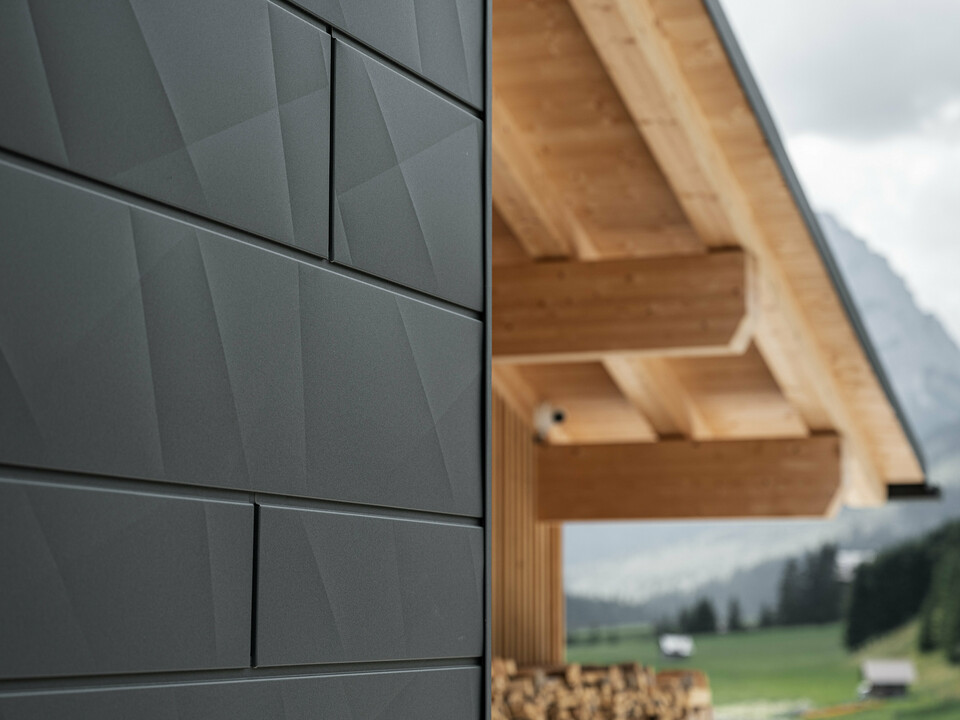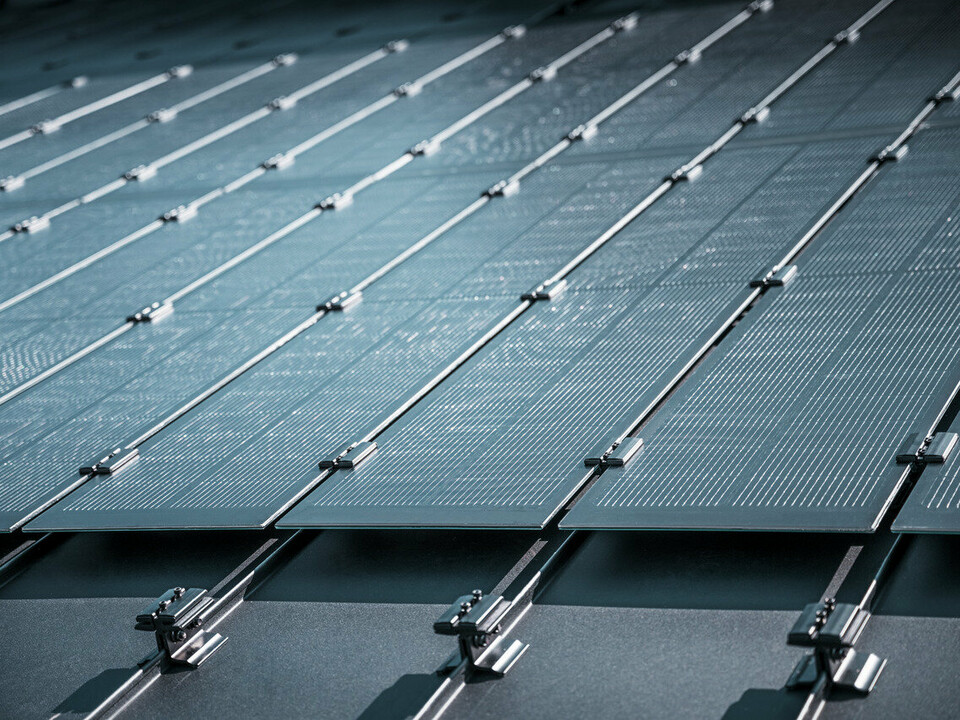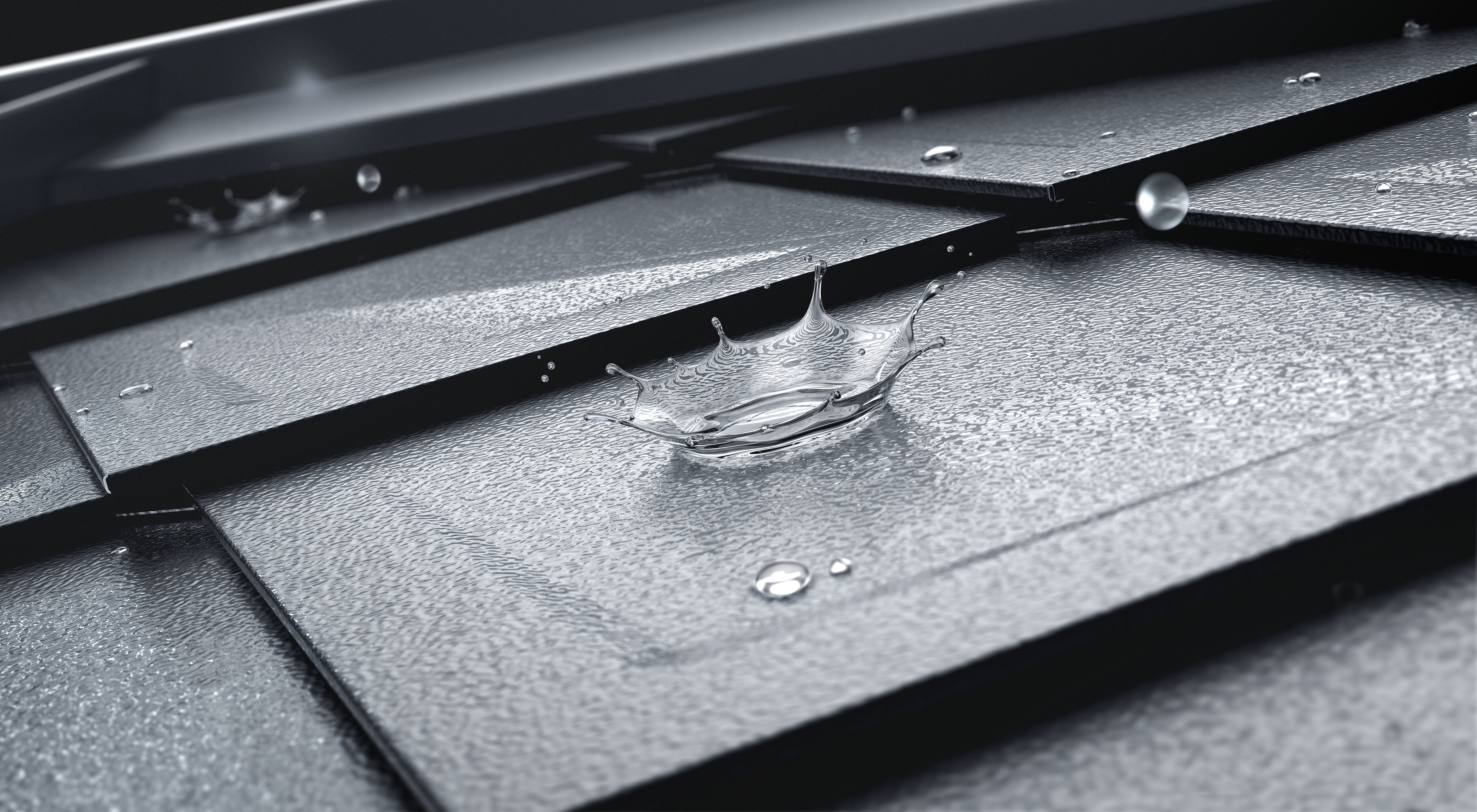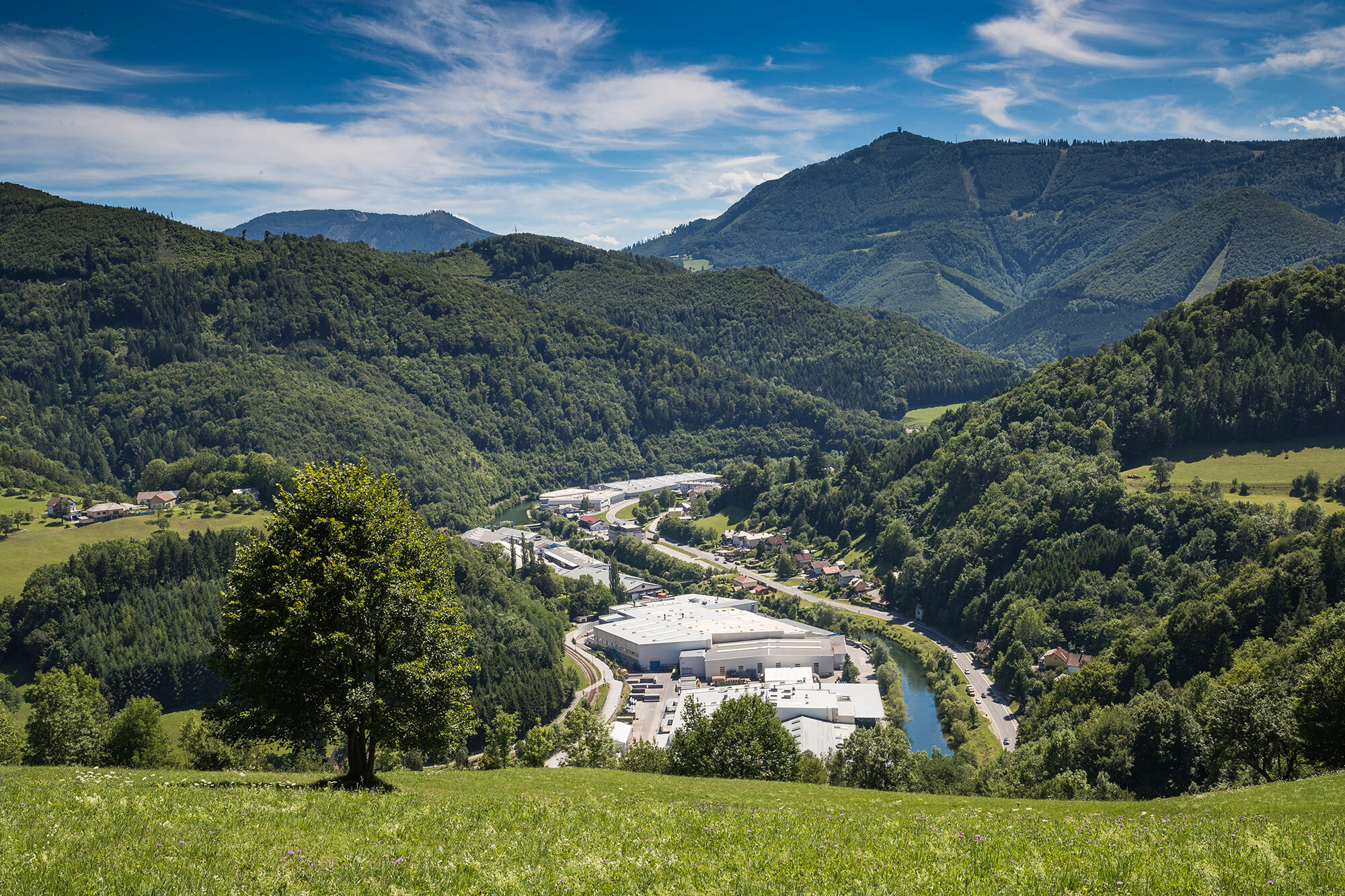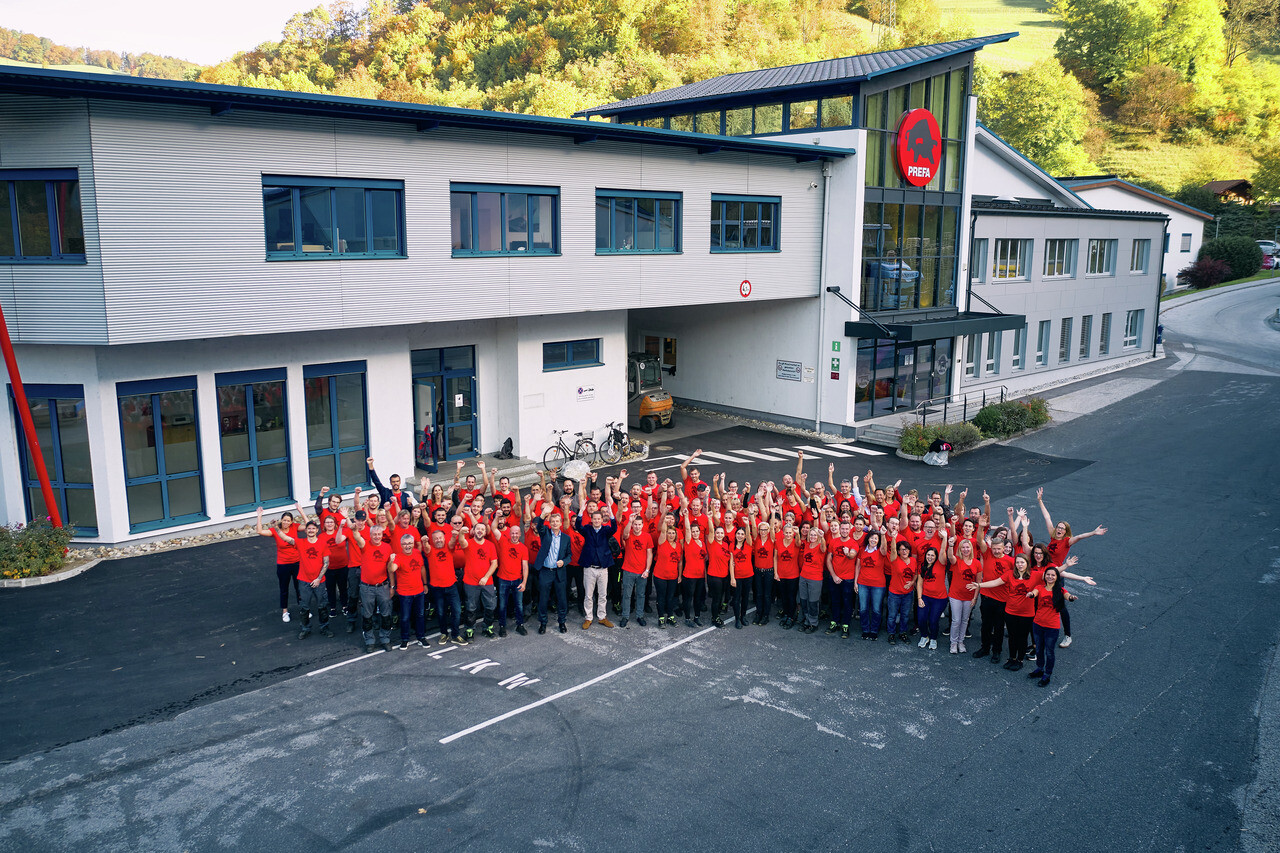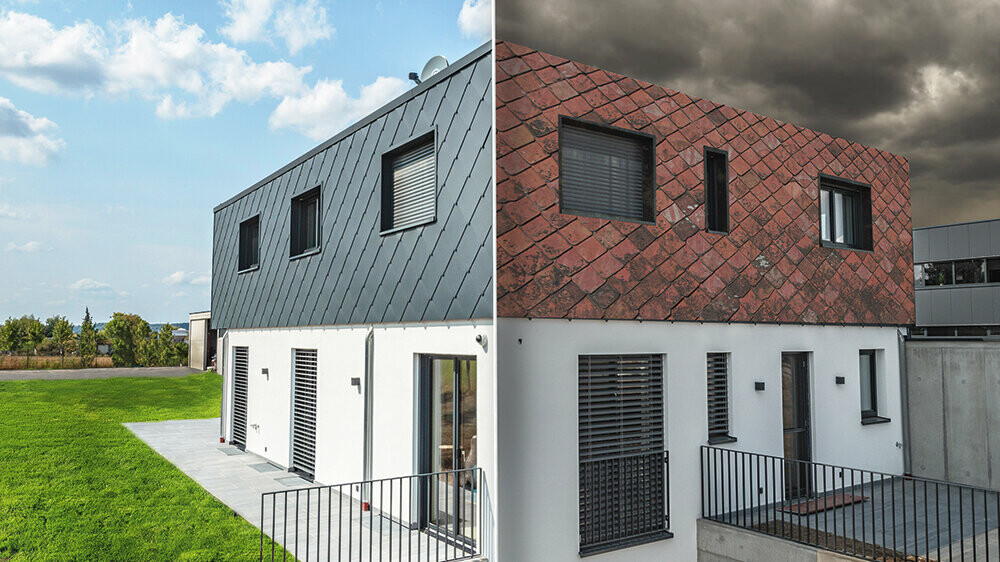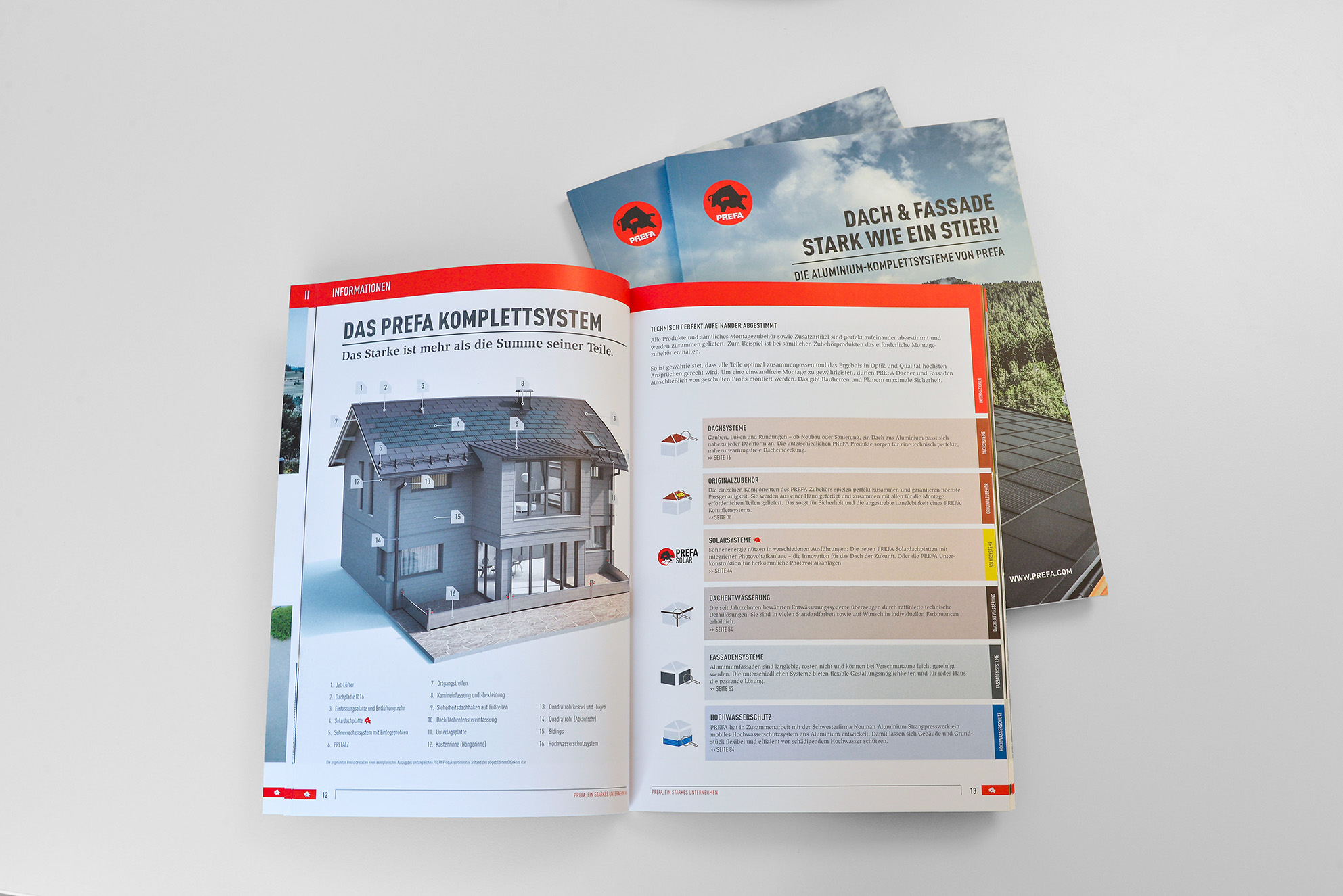Aluminium production
1. Primary aluminium Aluminium is obtained from bauxite, an aluminium ore named after Les Baux – the place where it was discovered. Bauxit usually consists of up to 60% alumina, iron oxide and silica. It is mainly found in South America, Australia and Africa.
- Preparing bauxit: raw bauxit is crushed, dried and finely ground.
- Obtaining alumina from bauxit: undesirable elements are removed using caustic soda to obtain pure, white alumina (aluminium oxide).
- Reducing alumina to aluminium by electrolysis: alumina is dissolved in molten cryolite. This solution is broken down into its constituent parts by a direct current supply in an electrolytic furnace. The aluminium collects at the bottom and the released oxygen combines with the carbon electrodes to form carbon dioxide.
2. Secondary aluminium Secondary aluminium consists of recycled aluminium and is recovered from scrap metal recycling. During preparation, only 5% of the extraction energy used to produce primary aluminium is used.
Aluminium and the environment
Due to its long useful life, low weight (an advantage particularly during transport), the fact that it requires low maintenance and that it is easy to recycle, aluminium has an extremely positive eco-balance.


